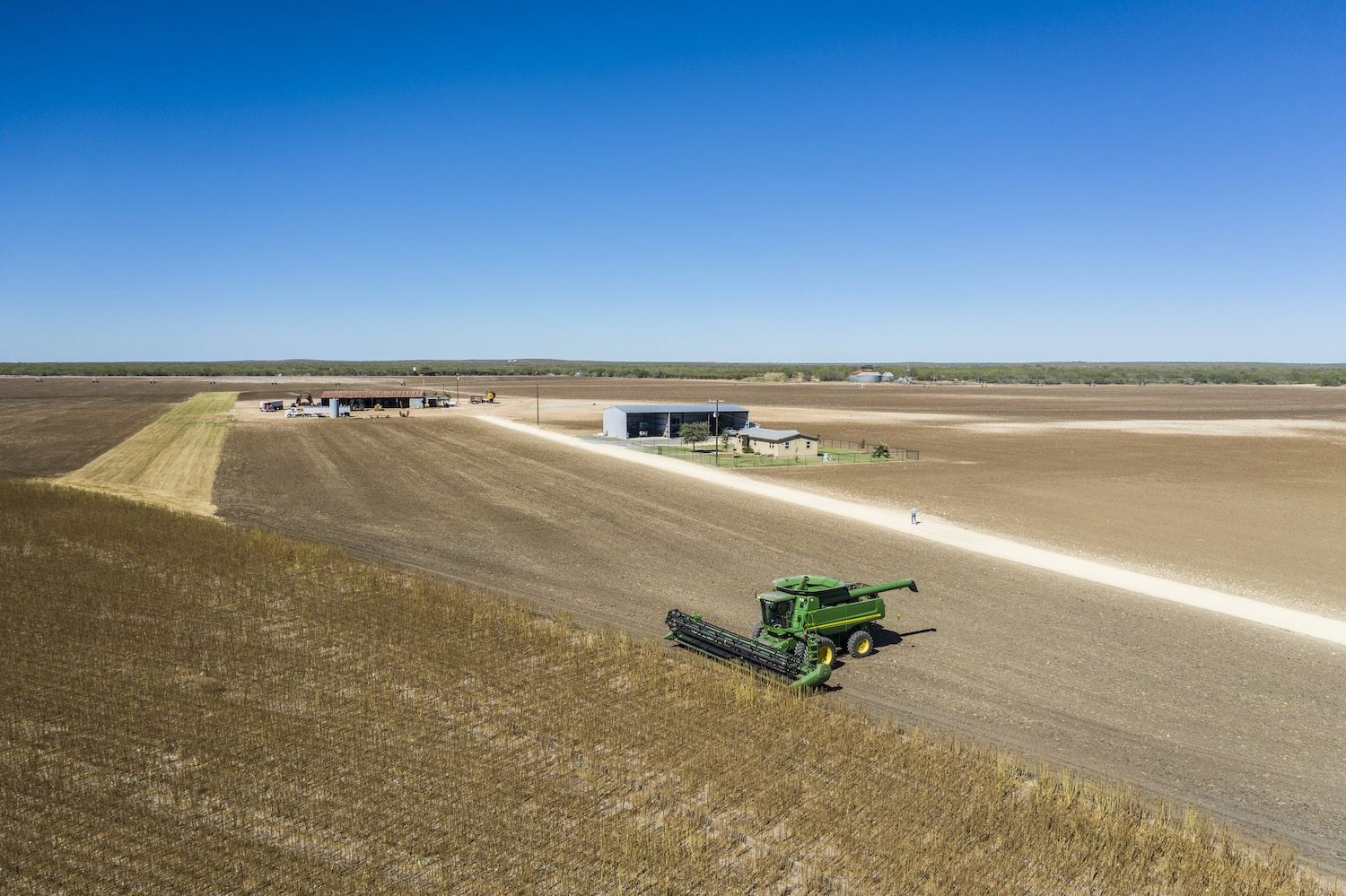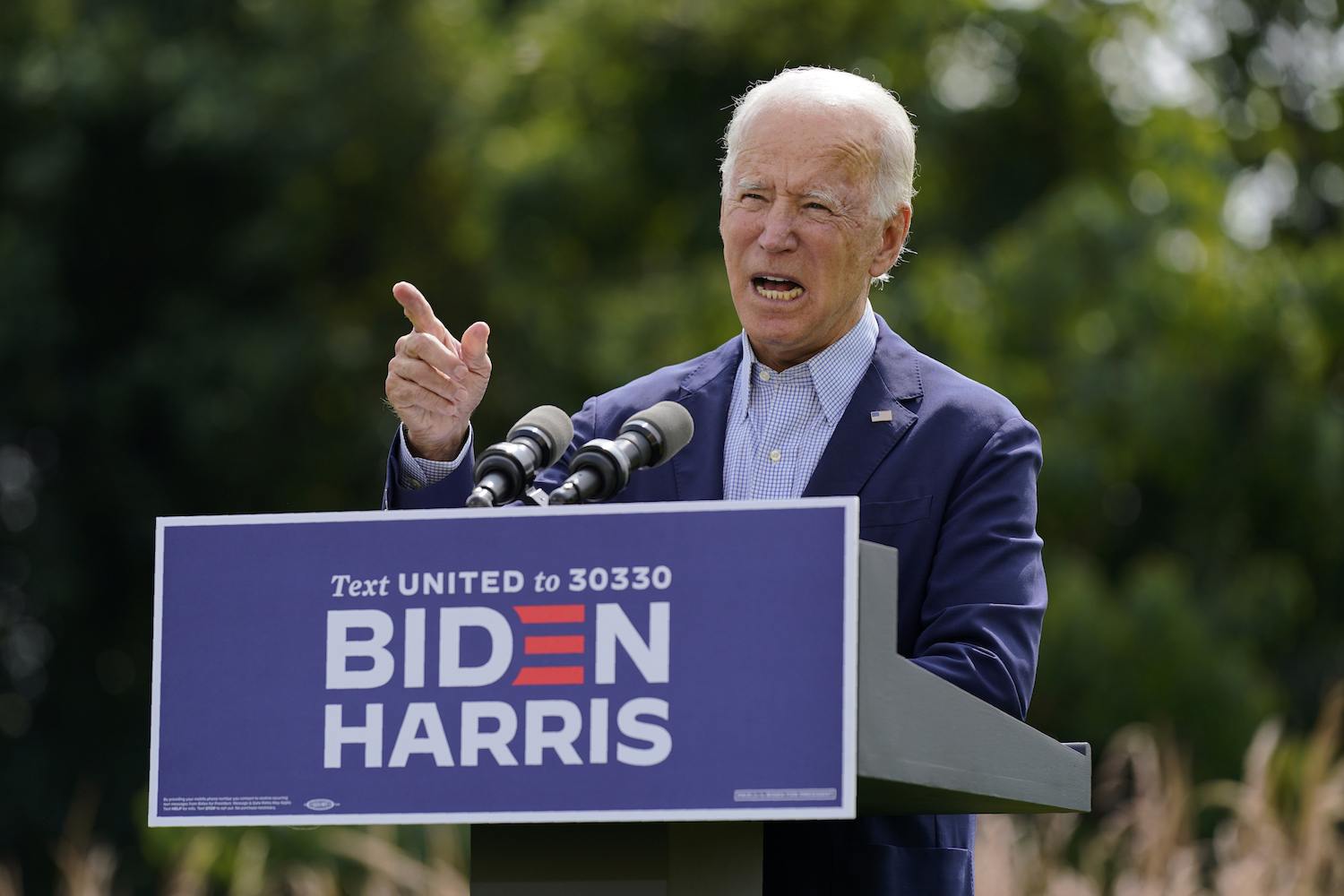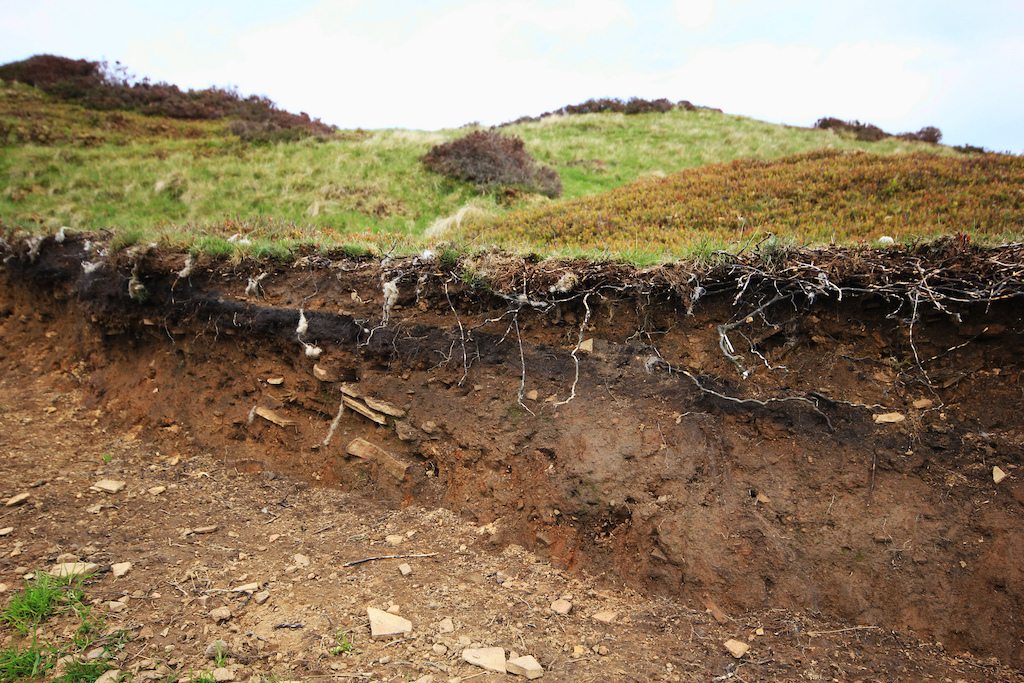President Biden’s plan to turn U.S. farms into ‘carbon sponges’ is complicated by economic and political roadblocks
President Joe Biden’s proposal to cut down on greenhouse gases by paying farmers to grow carbon-capturing crops is running into numerous technical, economic and political challenges, reports Politico. Interest is high among farmers and powerful food and ag industry groups in “carbon markets,” which allow corporations to buy credits that pay farmers to pull carbon dioxide out of the air and add it into their soil. The problem: There’s not yet enough financial incentive to entice farmers to change how they grow crops. Farmers and ranchers currently earn around $15 per ton of carbon they capture, but many observers have noted that the price should probably be in the $30 to $50 range to gain real momentum. So far the number of acres currently enrolled in carbon-capturing programs is “miniscule.” Apart from the numerous logistical and economic, challenges of carbon capture programs—monitoring carbon levels in soil is expensive, for one—critics say the Biden administration could achieve more by focusing their political capital on “rebooting” existing USDA programs that pay farmers to use greener practices or take land out of production. One thing everyone seems to agree on: With mid-term elections on the horizon, time is running out for the Biden administration to take advantage of rare bipartisan support to shore up private agriculture carbon markets.


